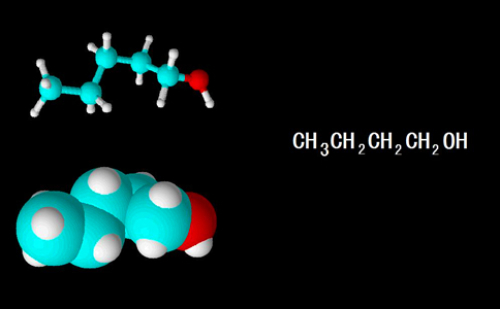Introduction: n-butanol is a colorless, odor-flammable liquid that is slightly soluble in water and used as a solvent for various coatings and as a plasticizer dibutyl phthalate (see photo The raw materials of esters) are also used in the industry to make *****, butyl acetate, butyl acrylate, as an organic synthesis intermediate and biochemical extractant, and can also be used in the manufacture of surfactants. Butanol is hygroscopic, has a relative density of 0.8098, a melting point of -89.5°C, a boiling point of 117.2°C, a refractive index of 1.3993, a critical temperature of 287°C, a critical pressure of 4.9×10 6 Pa, and a vapor pressure of 557 Pa (20°C). The relative density of vapor is 2.6. It can be mixed with water, ethers, alcohols, ketones and benzenes. A furniture hinge for mounting a furniture door on a furniture body member includes a hinge bracket which is attached to either the door or body member and which includes a flat flange defining an elongated interior slot having spaced teeth forming a rack. Furniture Hinge,Wooden Door Hinges,Cabinet Furniture Hinges,Glass Cabinet Door Hinge ChongQing Troya Hardware Manufacture Co., Ltd , https://www.cqtroya.com
Butanol hazard characteristics:
Butanol is flammable, and there is a risk of fire explosion when exposed to heat or an open flame. Its vapor can form an explosive mixture with air. Explosive limit of 1.4% to 11.2%, a flash point of 29 °C. Nature point 343 °C. After being decomposed by high heat, toxic fumes are released. Contact with oxidants can react strongly. In a fire, heated containers can burst.
Butanol is toxic and repeated contact with the skin can lead to dry skin, scaling, cleft palate, and sometimes dermatitis and eczema.
In the accidents caused by n-butanol fire, explosion, poisoning, and container explosion, emergency measures should be taken.
(1) Fire-fighting methods: Fire-extinguishing foam, dry powder, 1211, carbon dioxide, and mist-like water; use water to cool the containers in the fire field, dilute the escaped liquids into incombustible mixtures, and protect firefighters.
(2) First Aid: Let people who inhale vapor leave the scene quickly, place rests and keep warm; need to wash with water for more than 15 minutes after the eye is irritation. For severe patients who have n-butanol splashed into the eye, they must seek medical attention; After contact, rinse with water and then thoroughly wash with soap. If you swallow it by mistake, rinse your mouth, drink water, and consult a doctor.
In the process of n-butanol storage and transportation have the following points of attention:
(1) Packing mark: Flammable liquid.
(2) Packing method: (III), the outside of the glass bottle is lined with soft materials or iron drums (can not use aluminum barrels).
(3) Storage and transportation conditions: pay attention to light and light to prevent container damage; store in a cool, ventilated warehouse; keep away from fire and heat sources; do not expose to sunlight; store and transport in isolation from oxidants.
(4) Leakage treatment: First, cut off all sources of fire, wear gas masks and gloves, rinse with plenty of water, and ventilate exhaust fans on contaminated surfaces.
The above is the risk of n-butanol and how to deal with the related hazards. It is very important, and the relevant personnel must keep in mind